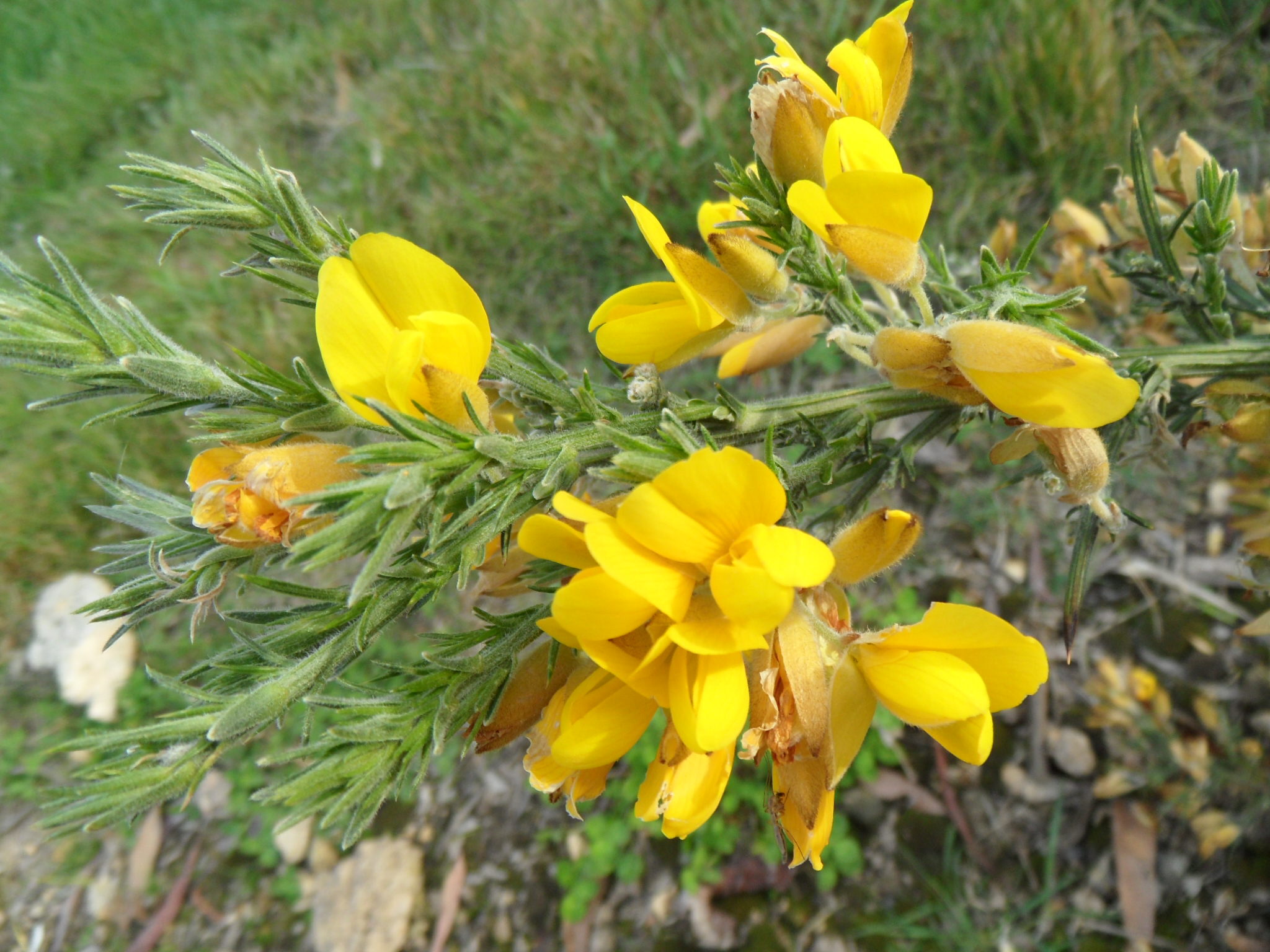
Classical name.
Densely branched and spiny shrub. Leaves mostly alternate, to about 1.5 cm long and divided into 3, extremely sharp at first; stipules absent. Flowers to about 2.5 cm long, solitary or few in axillary clusters on previous season's growth, deep yellow, fragrant; year round. Calyx 2-lipped. Standard ovate. Stamens united but of 2 alternating lengths. Fruit pod linear, hairy, dehiscent.
A plant that grows well in nutrient-impoverished, sandy and acidic soils, sometimes planted as a hedge. It has become a weed over large areas of settled Australia. A declared noxious weed in WA, SA, NSW (certain municipalities) and Vic, secondary in Tas. It should not be cultivated because of its dangerous weed potential.
About 20 species from Europe and N Africa.
Cuttings or seed.
Densely branched and prickly-leaved shrubs; stamens united to form a tube.
Source: (2002). Fabaceae. In: . Horticultural Flora of South-eastern Australia. Volume 3. Flowering plants. Dicotyledons. Part 2. The identification of garden and cultivated plants. University of New South Wales Press.
